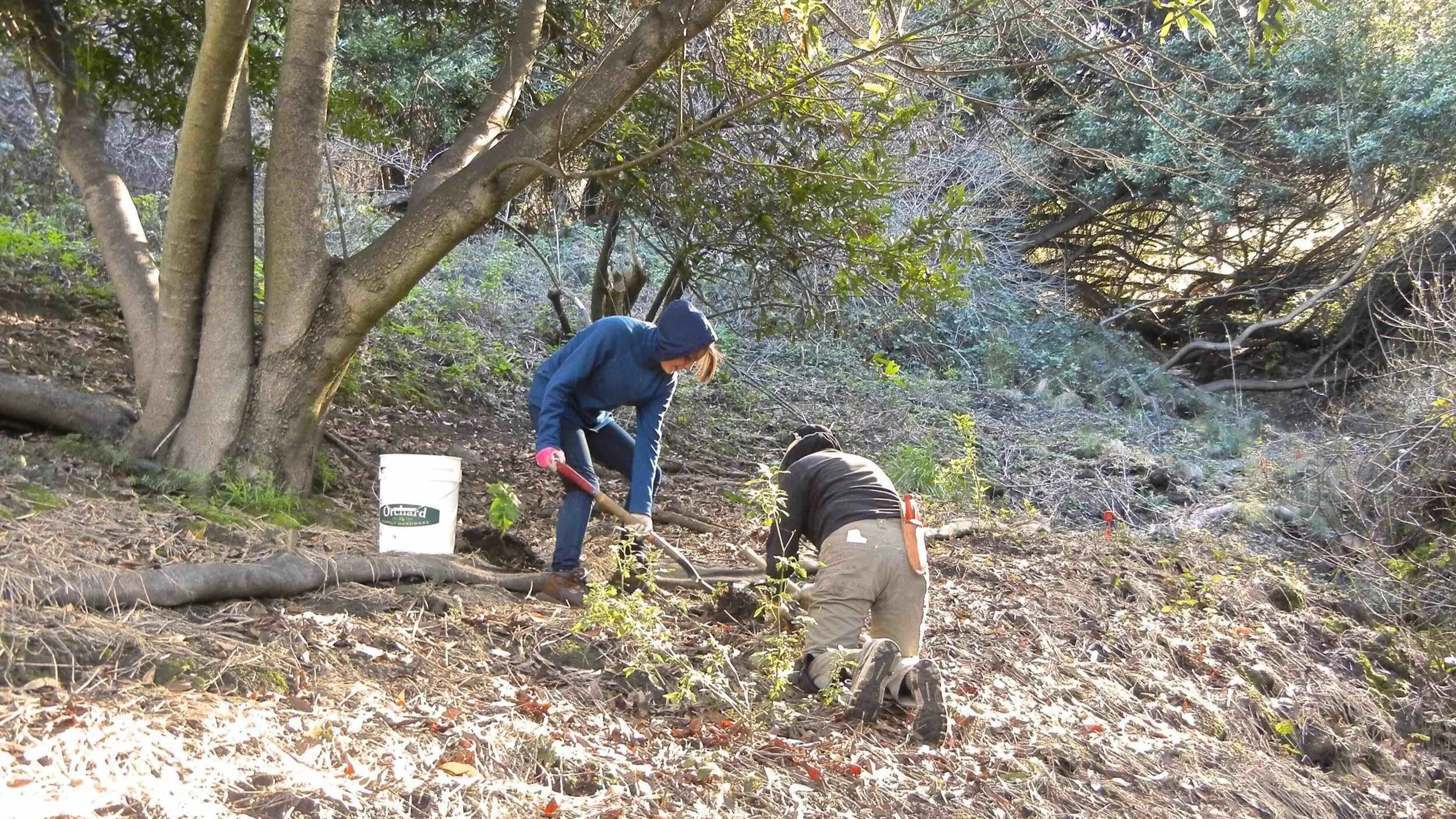Robert Doyle, General Manager East Bay Regional Park District
General Manager Robert Doyle began his park career over 40 years ago as a member of the East Bay Regional Park District’s eucalyptus crews, following the big freeze of 1972. He went on to serve in several eld, planning, and administrative positions before becoming Assistant General Manager for Land Acquisition and Planning in 1990. For the next 21 years he led the District’s expansion of parklands to serve the rapidly growing populations of Alameda and Contra Costa counties. In 2010, he was appointed General Manager by the Park District’s seven-member, elected Board of Directors to oversee 70 regional parks totaling 124,000 acres, 1,200 miles of interconnecting trails, and a staff of 1,000 employees.

